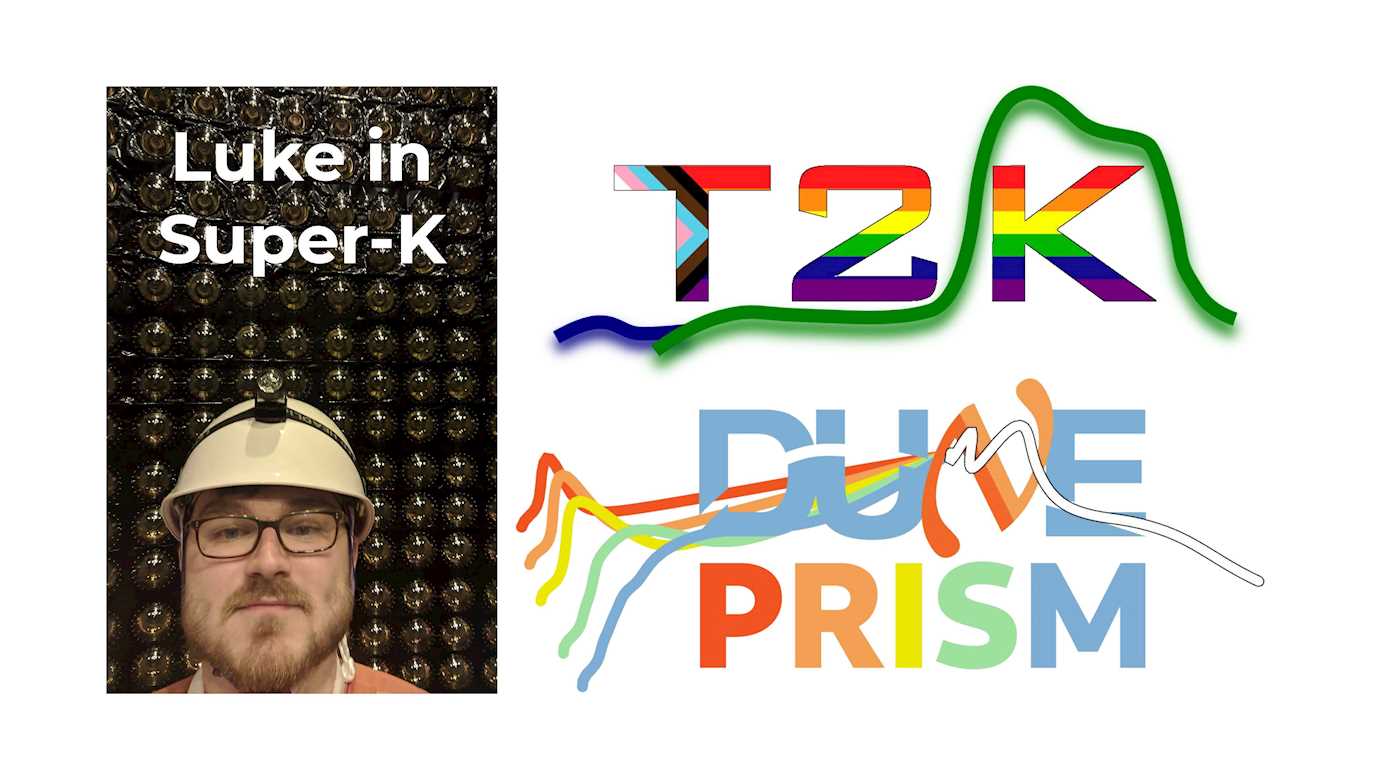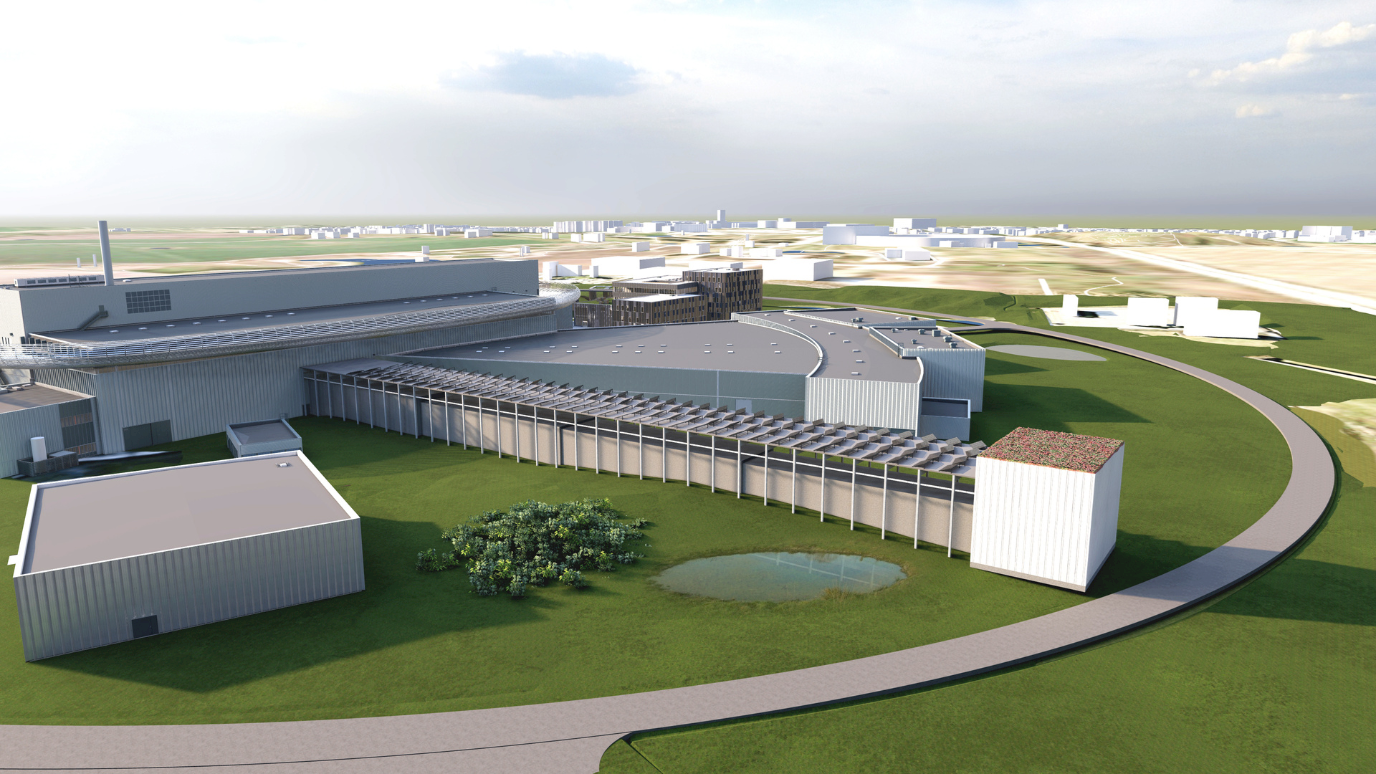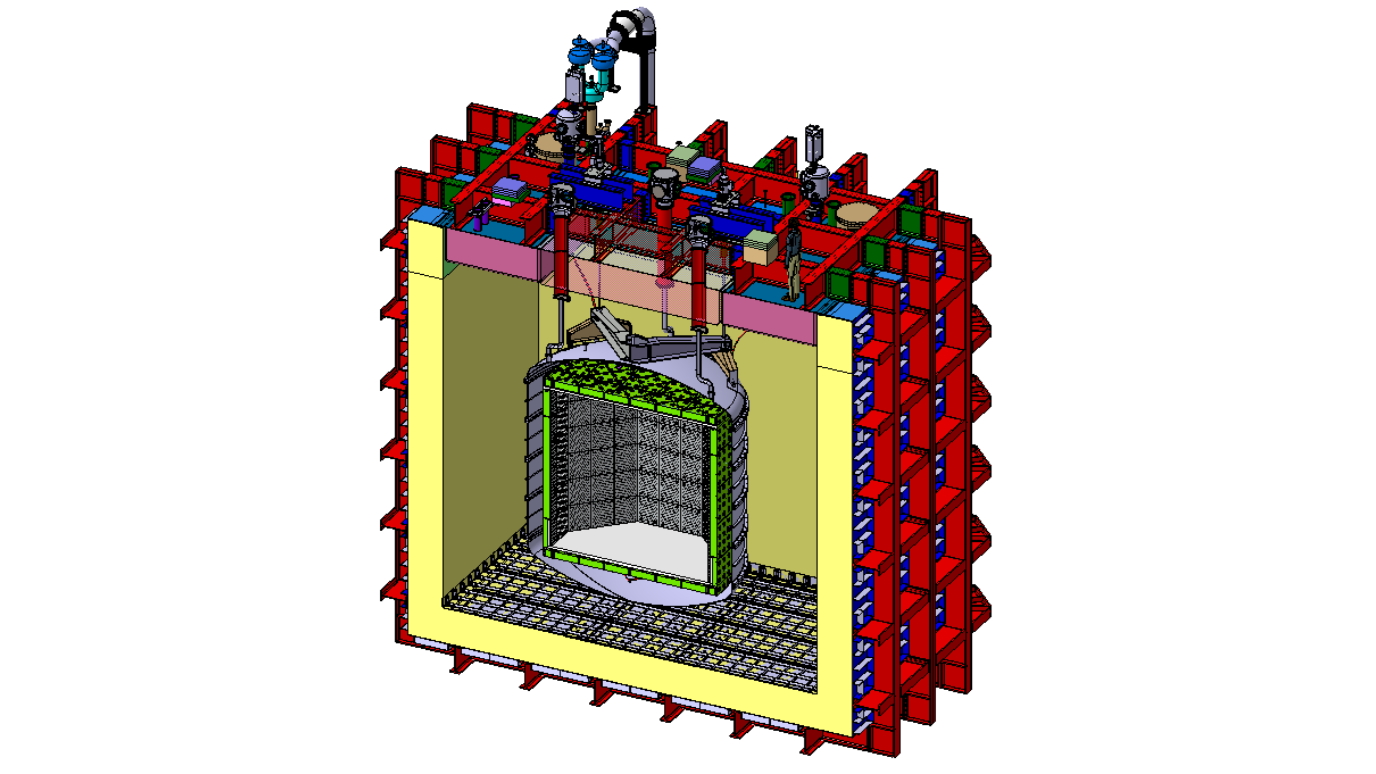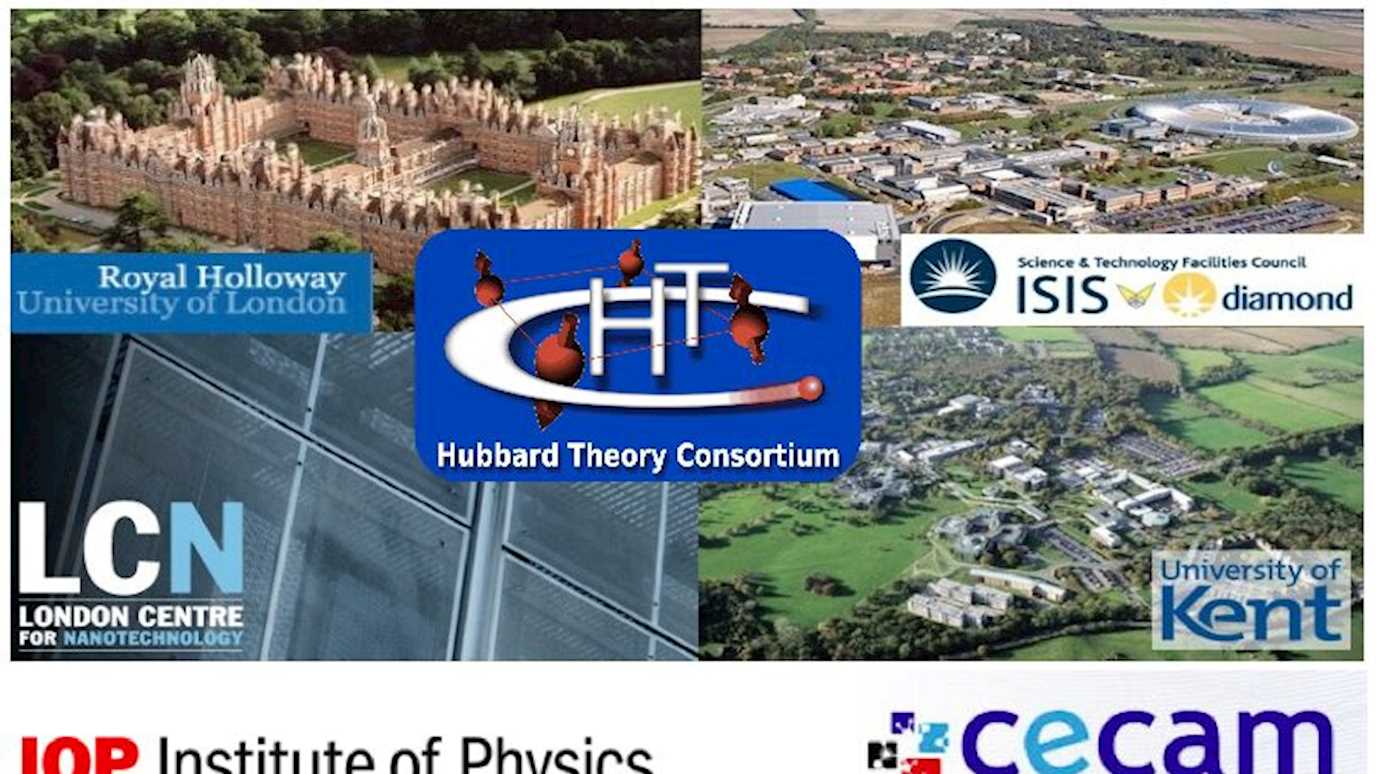Dr Lukas Pickering (Royal Holloway, University of London)
Neutrinos are absurdly abundant, unfathomably light, and elusively shy: though trillions pass through your body every second, only a handful of them will interact over the course of a lifetime. The properties of these fundamental particles make their study difficult, but enlightening: neutrinos may be able to explain how we came to exist in the first place.
The Tokai-to-Kamioka (T2K) experiment, which has been taking data since 2010, measures neutrino flavour-change over 295 km baseline between the east and west coasts of Japan. In the latest data we see a weak indication of significant differences in how neutrinos and anti-neutrinos oscillate---i.e. lepton-sector CP violation. The next generation Deep Underground Neutrino Experiment, DUNE, will have the statistical precision to conclusively determine if neutrinos and anti-neutrinos oscillate differently. If they do, neutrinos may be able to explain how an early universe composed of equal parts matter and anti-matter, could evolve into what we observe today, one overwhelmingly made of matter.
DUNE will measure neutrino oscillation over a 1300 km baseline between a near detector at Fermilab, Illinois and a far detector at the Sanford Underground Research Facility, South Dakota. DUNE is expected to begin taking data at the end of the decade.
The precision of current-generation measurements from T2K and NOνA are becoming limited by uncertainties in the modelling of neutrino-nucleus interactions. Without significant advancements in interaction modelling, DUNE's oscillation programme will be unacceptably limited by systematic uncertainties, or worse, unknowingly biased from incorrect model assumptions.
The DUNE-PRISM (Precision Reaction Independent Spectrum Measurement) technique offers a novel and powerful alternative approach to neutrino oscillation analysis that exhibits significantly less reliance on accurate interaction modelling than traditional methodologies (T2K, NOvA, MINOS). This is achieved by combining multiple near detector measurements taken with a moveable near detector at different off-neutrino-beam-axis positions, and thus in different neutrino energy spectra.
This talk will introduce long-baseline neutrino oscillation measurements, present what we are learning from T2K data about fundamental symmetries, how traditional measurements that rely on interaction models can be unknowingly biased, and why DUNE-PRISM might save next-generation measurements from such pathologies.
























